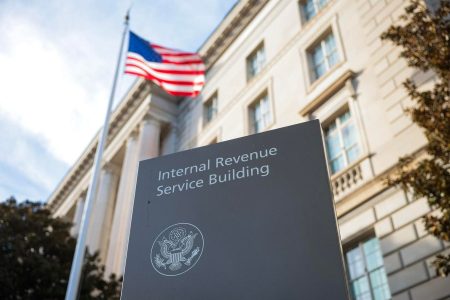The impending shift in the political landscape promises significant changes to the tax code, particularly for small and medium-sized businesses (SMBs) engaged in research and development (R&D). The 2017 Tax Cuts and Jobs Act (TCJA) introduced a controversial provision requiring the amortization of R&D expenses, a measure universally disliked and never intended to be permanent. This provision, effectively eliminating the immediate expensing of R&D costs, served as a budgetary offset within the TCJA and has been a persistent burden on businesses. With the anticipated Republican control of the White House, Senate, and House, the expectation is for a swift repeal of this provision through the reconciliation process early in 2025. This anticipated action signifies a return to the long-standing practice of allowing businesses to immediately deduct R&D expenditures, a policy widely supported across the political spectrum. This change promises to reinvigorate innovation and investment in R&D, particularly among SMBs.
A key area of debate concerning the repeal of R&D amortization revolves around its effective date. While there’s strong momentum to reinstate expensing, the question remains whether Congress will retroactively apply this change to cover the years since the amortization requirement took effect in 2022. This retroactive application would provide significant relief to businesses that have borne the financial burden of amortization. Proposals from key congressional figures, including the chairmen of the Ways and Means and Finance Committees, support a seamless transition back to expensing, effectively negating the amortization period altogether. However, the financial implications of such a retroactive measure pose a significant challenge, potentially influencing Congress’s decision. The cost of retroactive expensing, coupled with the passage of time, might lead to a more prospective approach.
The voices of SMBs will be crucial in shaping the final decision regarding the effective date of the expensing reinstatement. By conveying the significant impact of R&D amortization on their operations, particularly in terms of hiring and investment, businesses can influence Congress to consider retroactive relief. These testimonials can underscore the real-world consequences of the amortization requirement and emphasize the positive impact of a return to full expensing.
Beyond the retroactive application, the duration of the reinstated expensing provision remains another critical aspect of the upcoming tax legislation. Congress faces the choice of making the expensing provision permanent or implementing a temporary fix for a set number of years, similar to the structure of the TCJA. Given the constraints of the reconciliation process, which typically limits budgetary impacts to a ten-year window, achieving permanent expensing poses a significant hurdle. Alternatively, a multi-year provision could be implemented, though its duration remains to be determined.
The experience with the TCJA offers valuable lessons for structuring future tax legislation. The isolated nature of the R&D amortization provision within the TCJA complicated efforts to address its negative impact. If Congress opts for a multi-year extension of expensing, aligning its expiration with other TCJA provisions could facilitate future adjustments and prevent the R&D expensing issue from becoming isolated again. This coordinated approach would strengthen the collective bargaining power of various stakeholders and increase the likelihood of a timely resolution when these provisions are revisited.
As the legislative process unfolds, businesses should remain vigilant about upcoming deadlines. The statute of limitations for claiming the research and development tax credit for 2021 is approaching, and businesses should ensure they meet all necessary requirements to avoid potential financial penalties. This includes accurately calculating and documenting eligible R&D expenses and filing the appropriate forms within the stipulated timeframe.
Overall, the anticipated tax changes for 2025 hold significant promise for innovative SMBs. The expected return to immediate expensing of R&D costs signifies a substantial improvement in the tax environment for these businesses. While the specifics of the legislation are still being debated, the broad bipartisan support for R&D expensing paints a positive picture for the future of innovation and investment. The active participation of SMBs in conveying their experiences and advocating for their interests will be critical in shaping the final outcome and ensuring that the new legislation effectively supports their growth and competitiveness. The anticipated changes, particularly the reinstatement of R&D expensing, could usher in a period of renewed investment and expansion in the R&D sector.










